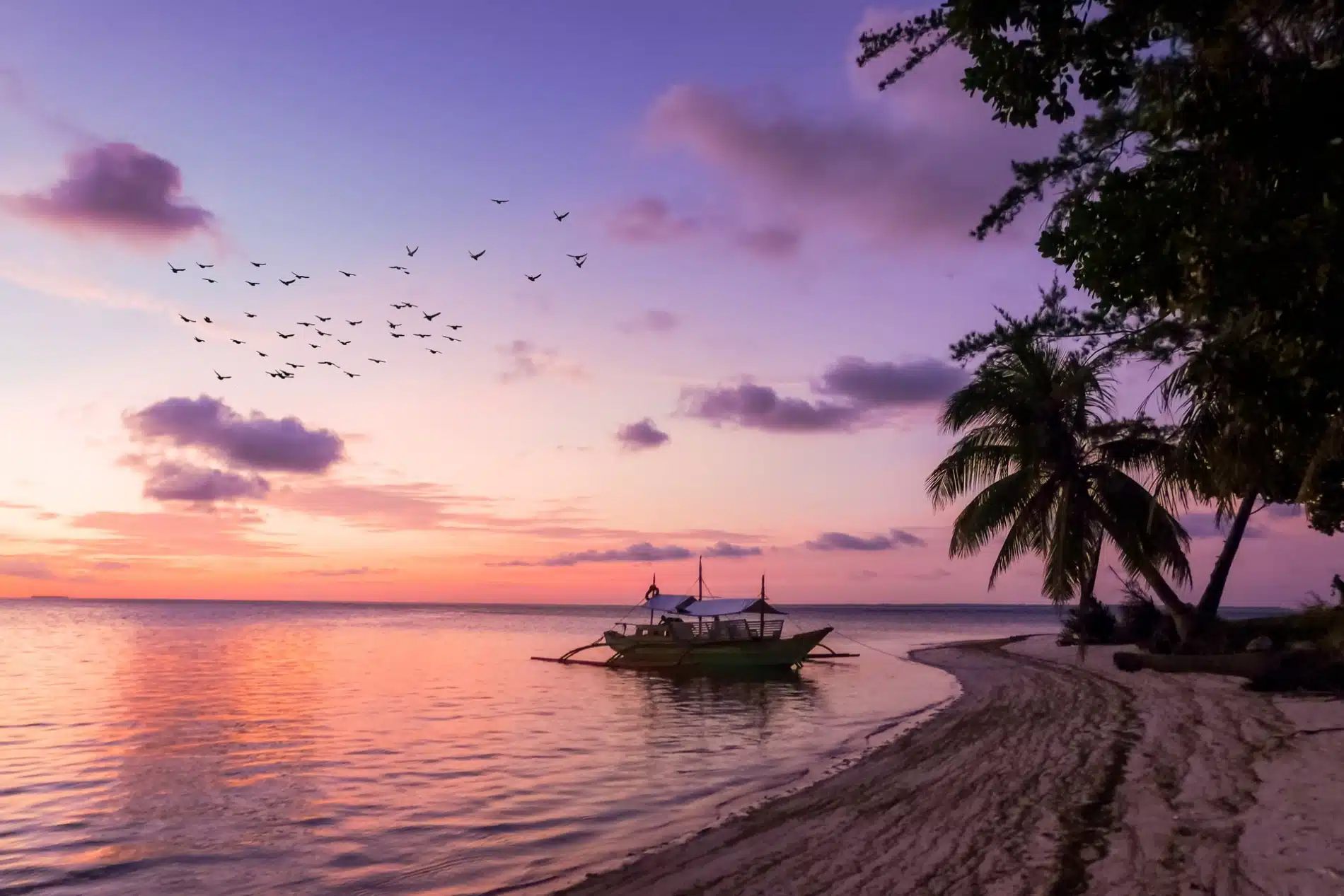Three destinations: something for everyone
Diverse cultures, friendly people, idyllic landscapes… Malaysia, Indonesia and the Philippines all have so much to offer. Check out our guide to find your perfect match!
Cultural towns
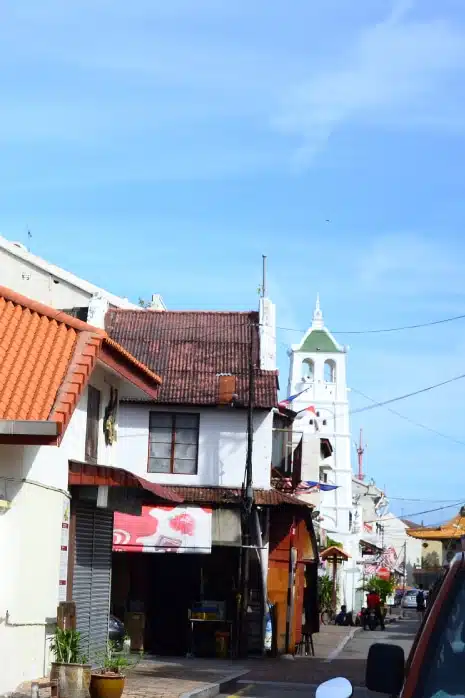
Malaysia
A two-hour drive from Kuala Lumpur, Malacca is a haven of multiculturalism. Located on the trade route for silk and spices, the city has attracted visitors and settlers from all over the world: Portugal, the Netherlands, the United Kingdom, China and India. This rich history is reflected in the monuments and cuisine of Malacca.

Indonesia
Indonesia: In the village of Pamulung on Sumbawa Island, the locals are devoted to their traditional way of life, from pounding rice to weaving. One of the most unusual activities, however, is buffalo racing. Used to work the fields since the dawn of time, buffaloes are incredibly powerful animals, ideal for riding through the rice paddies. To win the race, participants have to collect the saka, a special totem sculpted for this event, which is highly prized among the residents of Pamulung.
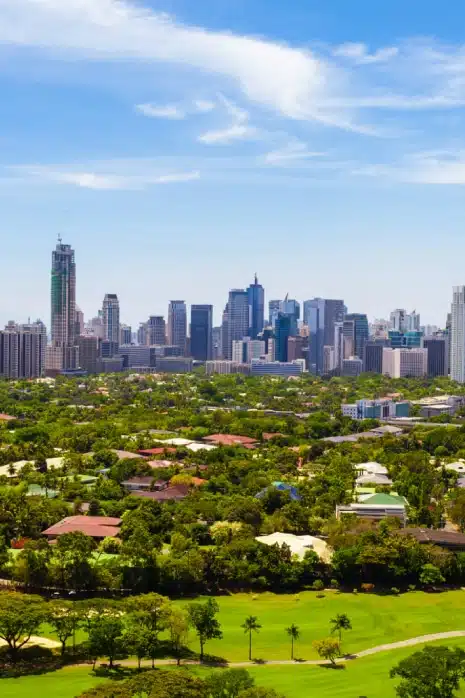
The Philippines
Heavily influenced by the Spanish settlers who arrived in the 16th century, Manila is often described as a slice of Latin America in Asia. This distinctive flair can be seen in the Casa Manila, which displays furniture from the colonial era, as well as Fort Santiago and San Agustin Church. However, the history of Manila does not begin and end with the Spanish settlers. Contact with India had a major impact on Filipino society from the 10th century onwards, and the country fell under American rule in 1898. During the Second World War, it was occupied by Japan, and Manila was largely destroyed by a bloody battle that claimed 100,000 lives.
People
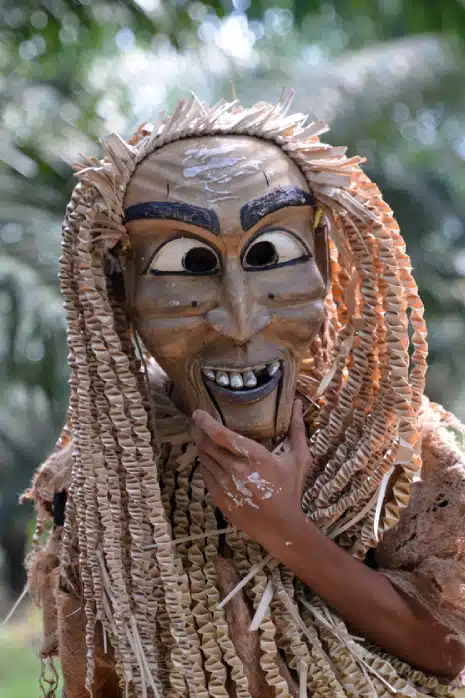
Malaysia
A real melting pot, Malaysia is made up of many ethnic groups, with the majority of the population claiming Malay, Chinese or Indian descent. However, the country is also home to several ethnic minorities, including the Mah Meri, also known as the Besisi, the Cellate or the “masked men of Malaysia”. Their ceremonies in traditional costumes and masks are a unique and striking sight.
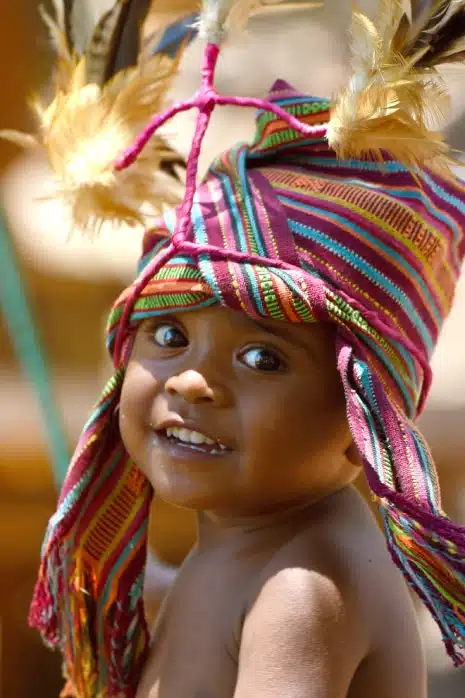
Indonesia
On the pristine islands of the Alor Archipelago, the Tapkala people go about their lives much as their ancestors did before them, maintaining very little contact with the modern world. Their houses are made from bamboo and coconut leaves, while their clothes are woven by hand or crafted from bark. The Tapakala are especially famous for their mokos, the prehistoric bronze drums that they use in rituals. Many examples are on display at the Museum of a Thousand Mokos in Kalabahi, the archipelago’s main city.
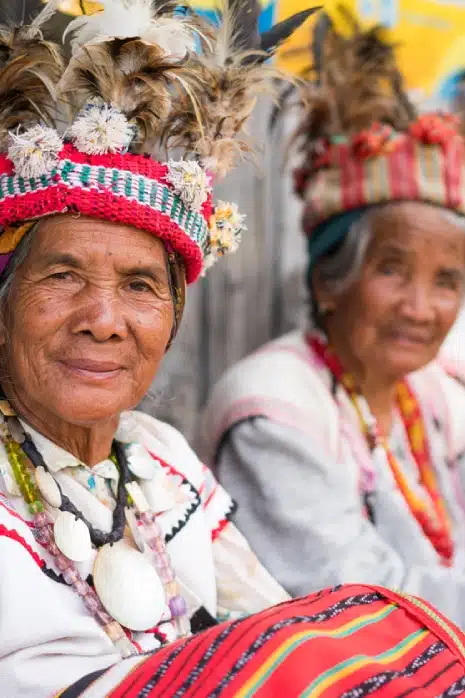
The Philippines
Most of the ethnic groups in the Philippines maintain a very strong, almost mystic relationship with nature. In northern Luzon, the largest island in the Philippines, the Ifugao people cultivate rice terraces that cover the mountains, using ancestral traditions. The terraces are naturally irrigated by the forest springs above. Some 1,500 “anitos” or spirits play precise roles in Ifugao cosmogony with there being an anito for the rain, sun, fishing, war, peace and more. Ifugao women spend many hours weaving traditional outfits featuring specific patterns.
Idyllic beaches
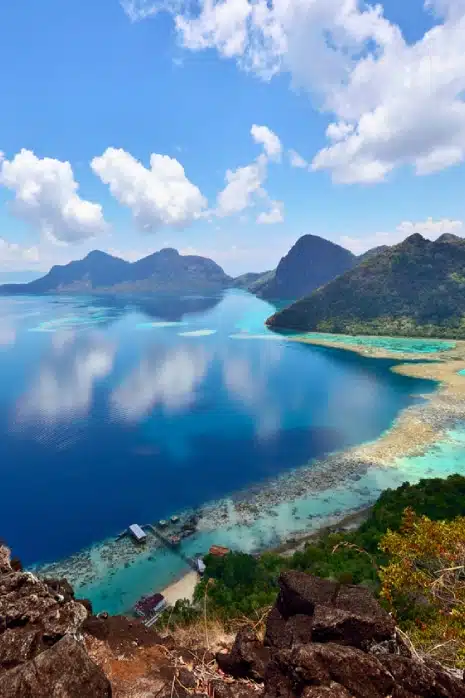
Malaysia
No trip to Malaysia is complete without a visit to Sabah in the north-east of Borneo. Not far from the shore, the island of Sipadan boasts one of the best diving spots in the world. To the north of Kota Kinabalu, the Tunku Abdul Rahman National Park is an ideal destination for snorkelling enthusiasts, with clear waters and beautiful beaches.
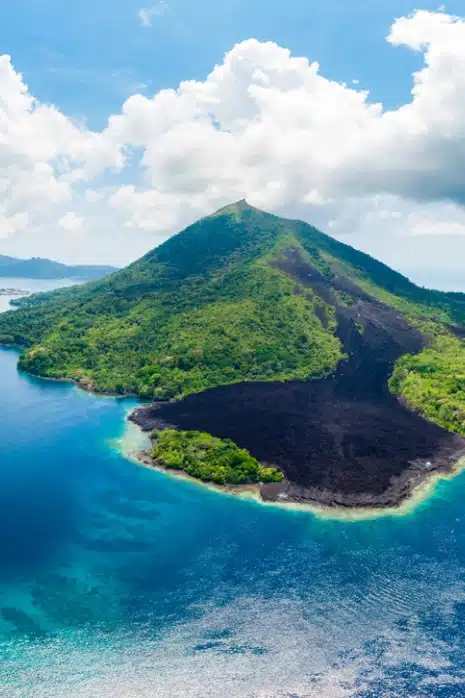
Indonesia
With white sand and turquoise water, Pulau Molana is a real-life picture postcard. This uninhabited island in the Maluku archipelago is protected by coral reefs, letting visitors enjoy a peaceful swim in breathtaking surroundings.

The Philippines
To the south of Sibuyan, the untouched desert island of Cresta de Gallo is a tiny slice of heaven on earth. It is the perfect spot to lie back on the fine sand and take in the views, looking out over the crystal clear water to the distant horizon.
Nature at its wildest
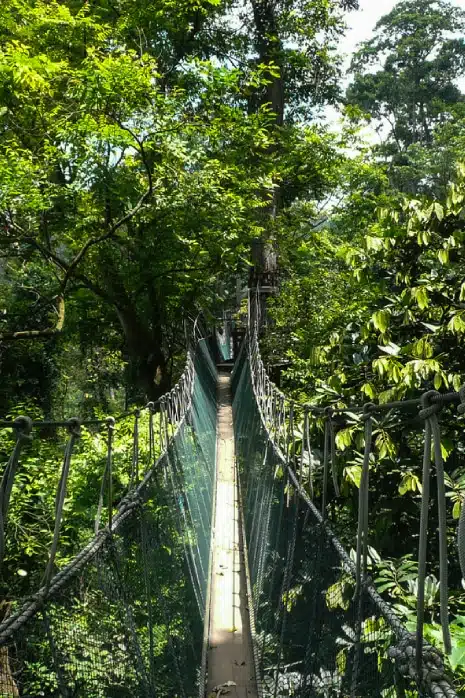
Malaysia
Lose yourself in one of the most impressive old-growth forests in the world, with roots stretching back over 130 million years. In the heart of Taman Negara National Park, this jungle is the ideal place for a tropical hike under the shelter of the treetops some 20–40 metres overhead. It is also known for its canopy walkway, suspended 30 metres above the ground, overlooking a patchwork of a thousand shades of green, where monkeys, hornbills, buffalo and monitor lizards all coexist.
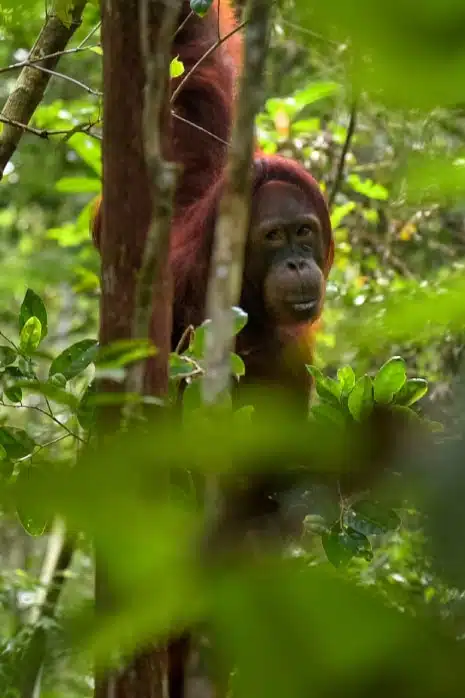
Indonesia
Tanjung Puting National Park is renowned for its incredible beauty and its large orangutan population. A UNESCO Biosphere Reserve since 1977, covering 355,000 hectares, this park owes much of its success to Canadian primatologist Biruté Galdikas. She arrived in Tanjung Puting in 1971, where she was able to study the primates in situ for several years. Today, 6,000 orangutans live wild in the park, making up the largest population in the world.
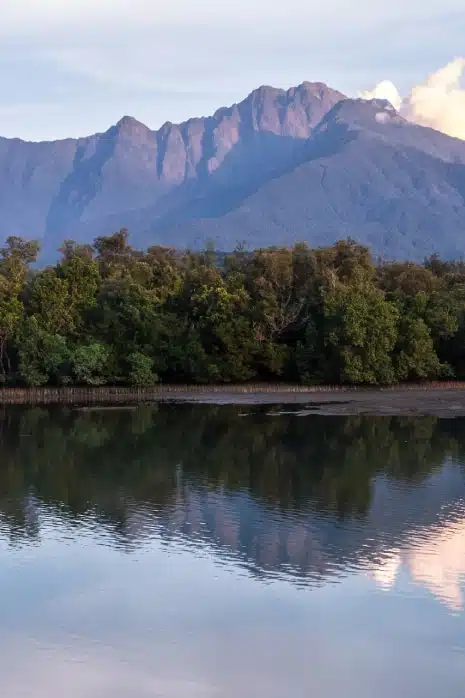
The Philippines
In the heart of the Philippines, Sibuyan Island is straight out of an adventure film. Lush foliage covers the landscape, from the deserted beaches to the slopes of Mount Guiting-Guiting, surrounded by forests of burbling streams and birds. Sibuyan is also known as the “Galapagos of Asia” because it is home to so many endemic species.
Incredible destinations

Malaysia
To the south of the Singapore Strait, Penyengat Island is far removed from the modernity of the nearby megalopolis. The seat of the ancient kingdom of Malaysia, this small and peaceful island bears many traces of its glorious past. Penyengat is also famous for its fishing villages on stilts, which represent the heart and soul of the place.
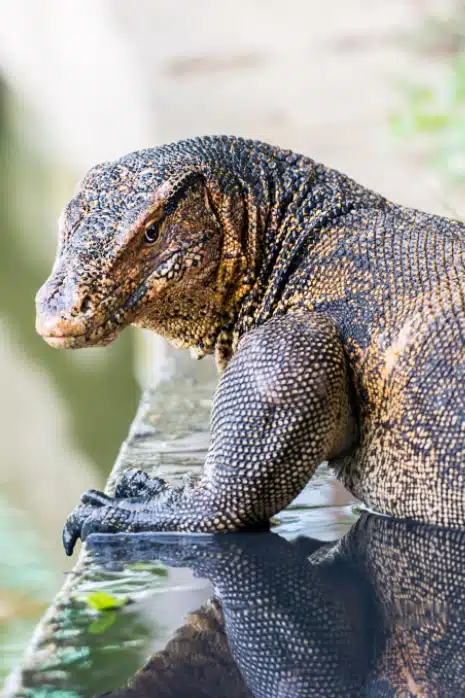
Indonesia
Located in the centre of the Indonesian archipelago, Komodo National Park was added to the UNESCO list of biosphere reserves in 1991. Made up of several volcanic islands, the park was founded to protect its population of around 5,700 Komodo dragons. These giant monitor lizards, which can grow up two to three meters long, are not found anywhere else in the world. This species is a popular area of study for scientists, described by UNESCO as the “last representative of a relic population of large lizards that once lived across Indonesia and Australia”.

The Philippines
To the west of the immense island of Leyte, the “Cuatro Islas” are four tiny patches of paradise in a brilliant blue sea. One of these islands, Himokilan, is known as the jewel of the Philippines thanks to its pale sand and clear water, which forms several natural swimming pools. The rest of the island is covered with dense vegetation, making it the perfect place to embrace your inner Robinson Crusoe!
Photos credit : © iStock ; © Unspalsh ; © Ponant
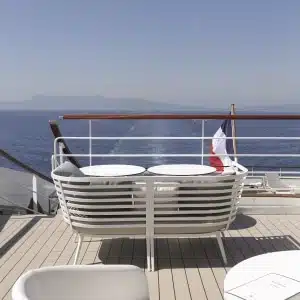
DISCOVER ASIA DIFFERENTLY
PONANT cruises take you on a journey of Asian cultural discovery
To discover
-
Searching for meaning in Greenland
-
A magical experience in the Far North
-
ust like the tides, the wind is the captain’s senior officer. Depending on its strength…

